|
Earlier this month, a suite of organisations published the fourth edition of Birds of Conservation Concern Wales, which resulted in updated Red, Amber and Green lists (see this page to download the assessment). Having been involved as a volunteer collecting the sort of data that informs these periodic reviews, editor of the annual Welsh Bird Report published by the Welsh Ornithological Society and a co-author of previous UK and Wales assessments, I wasn't shocked by the results because I'd seen them coming. But I should be. We've almost come to expect each update will be worse than the last, because we see and hear these changes with our own eyes and ears. But it's only inevitable if society allows it to be. Those of us who care about nature should be livid every day about the lengthening red list and the declining abundance of birds we assumed would always be part of Welsh life. Behind each component of the Red List is an unfolding tragedy ...usually of birds failing to rear enough young to replace themselves, although in some cases it's about survival after fledging or during the part of life spent outside Wales. For a few, it's likely to be 'short-stopping' whereby some individuals no longer travel to Wales because conditions closer to their breeding area are, for now, suitable for them to spend the winter there. The charts below shows each species according to its population in 1995 and 2020 (or the nearest available date for which I could find data), enabling me to picture the numbers in relative terms. It's not the perfect way to present the information, as some populations numbered hundreds of thousands and others just a few dozen, and the count units are not always the same, as breeding birds are generally counted in pairs and non-breeding birds as individuals. It's also worth remembering that not all species declined by >50% during this 25 year period; some qualified for the Red List because of declines in abundance over a longer period, others because of a >50% contraction in their distribution or because they are at risk of global extinction. KEY: orange = breeding population (usually pairs), blue = non-breeding population (individuals). Golden Plover appears twice because declines in both its (different) breeding and non-breeding populations qualified it for the Red List. RG=Red Grouse, PO=Pochard.  Some populations are so small that they don't show up well on this chart, so those in the white ring above are detailed here. 1. Ring Ouzel, 2. Tree Sparrow, 3. Black Grouse, 4. Merlin, 5. Turtle Dove, 6. Golden Plover, 7. Grey Partridge, 8. Little Tern, 9. Redshank, 10. Woodcock, 11. Yellow Wagtail, 12. Hen Harrier, 13. Lesser Spotted Woodpecker, 14. Long-tailed Duck, 15. Slavonian Grebe, 16. Bewick's Swan, 17. Purple Sandpiper, 18. Velvet Scoter, 19. Balearic Shearwater, 20. Red-breasted Merganser, 21. White-fronted Goose, 22. Leach's Petrel. Breeding populations <20 pairs are not shown: Roseate Tern, Bittern, Corncrake, Corn Bunting and Honey-buzzard. Non-breeding populations <20 individuals are not shown: Little Auk. And here is the equivalent chart for 2020. Species marked in red qualify as they are globally threatened. WdWb=Wood Warbler, BHG=Black-headed Gull, Lap=Lapwing, CU=Curlew, RG=Red Grouse. 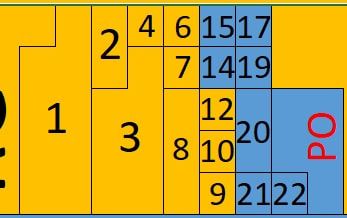 Again, the species from the tiny boxes are listed below: 1. Ring Ouzel, 2. Tree Sparrow, 3. Black Grouse, 4. Merlin, 6. Golden Plover, 7. Grey Partridge, 8. Little Tern, 9. Redshank, 10. Woodcock, 12. Hen Harrier, 13. Lesser Spotted Woodpecker, 14. Long-tailed Duck, 15. Slavonian Grebe, 17. Purple Sandpiper, 19. Balearic Shearwater, 20. Red-breasted Merganser, 21. White-fronted Goose, 22. Leach's Petrel. Breeding populations <20 pairs are not shown: Roseate Tern, Bittern, Corn Bunting (extinct), Corncrake (extinct), Honey-buzzard, Turtle Dove, Yellow Wagtail and Lesser Spotted Woodpecker. Non-breeding populations <20 individuals are not shown Little Auk, Velvet Scoter and Bewick's Swan. Lost forever? The extinction of Corn Bunting as a regular breeding species during the last quarter century, preceded by Corncrake and with Turtle Dove heading in the same direction, is a particular shocker. The first two no longer qualify as Birds of Conservation Concern in Wales because they are now so rare as not to meet the minimum threshold. That does not mean we should write them off, especially as people are working hard to save them from extinction in other parts of the UK. Global extinction risk Nine species in the latest assessment are globally-threatened, none of which were in 1995. This criteria automatically qualifies them for the Welsh Red List, even if their numbers are increasing here. All are declining here too, with the welcome exception of Puffin, whose breeding numbers have grown in the last 25 years albeit they remain far lower than a century ago. The square must shrink no further Instinctively we know that populations of most of these species are falling. That is why many are on the Red List. It is birds of the wider countryside, such as Meadow Pipit, Starling, Greenfinch, Goldcrest, Rook, Swift, Yellowhammer, whose shrinking abdundance is most evident when you see the two charts together. These birds take up less space on the lower chart because they take up less space in the countryside, their collective sound diminishing by more than 40% in just one human generation. The 25 years between these two charts is nothing in the lifetime of the planet. If we had the numbers to go back to 1970, to 1945 or pretty much any other date is history, the contrast in size of these boxes would be even greater. Shifting baseline syndrome is a real risk in limiting our ambition to the state of nature in our own memory. It's not just a question of looking back, but using what has been learned to look forwards, to restore habitats and recover bird populations. 2023 must be an important year for nature in Wales. Commitments made by the UK Government at the recent UN Biodiversity Conference COP in Montreal and by Welsh Government in its five-year Programme for Government must be realised. The Agriculture Bill before the Senedd and the promises resulting from the 'Biodiversity Deep Dive' must reverse the shrinking square. And proper resources and energy need to be invested in Natural Resources Wales and the parts of government with responsibility for achieving change. So, as the new year dawns, let's hope - no, let's ensure - that those in power do the right things to grow that square. And those who can, let's get out and count birds - if you don't already, make it your resolution to participate in BTO survey from 2023. Population estimates sourced from a variety of surveys and papers, including Hughes et al. (2020), Pritchard et al. (2021) and calculated from the Wetland Bird Survey and Breeding Bird Survey, using UK trends where no Wales-specific trends were available.
Hughes, J., Spence, I. and Gillings, S. 2020. Estimating the sizes of breeding populations of birds in Wales. Birds in Wales 17(1): 56-67. Pritchard, R., Hughes, J., Spence, I., Haycock, B., and Brenchley, A. 2021. The Birds of Wales/Adar Cymru. Liverpool University Press.
0 Comments
As the Northern Hemisphere tips incrementally towards the sun, longer days will trigger the urge for birds to migrate and breed. For the nomadic Crossbill, though, nesting time is determined by the abundance of conifer seeds, especially plantations of Sitka Spruce, so birds can find themselves brooding chicks in heavy snowfall. There were plenty of Crossbills around Llyn Brenig during our Boxing Day walk, plus two dozen Bullfinches also shining brightly in the winter sun.
Hawfinches have returned to riverbank at Llanrwst, with five seen so far, but more than a dozen were there last winter. A Lapland Bunting was at Dinas Dinlle last weekend, with three Great Northern Divers offshore. A Velvet Scoter is on the sea off Pensarn and a Grey Phalarope was reported from the Little Orme. A Snow Bunting is on Kinmel Bay beach and at least one Black Redstart at nearby Horton’s Nose. Another Black Redstart roosted in the rafters of Llanbadrig church during a candlelight carol service, departing when the church was opened the following morning. A Pochard, now a scarce visitor to the North Wales coast, was found on Rhyl’s Marine Lake on Christmas Day, but was founded dead less than 24 hours later. A few Pochards are also at RSPB Conwy with a Scaup, and where a Jack Snipe is with several hundred Lapwings that moved west during the recent cold snap. More than 3000 Lapwings are beside the Clwyd estuary and several hundred more, with even greater numbers of Golden Plovers, feed on fields south of Aberffraw. Saturday saw a flock of 1000 Pink-footed Geese tracked west over Rhyl, Penrhyn Bay and the Great Orme, and quite possibly now feeding on undisturbed pasture on Anglesey. A Green-winged Teal remains on a pool next to the Inland Sea and three Whooper Swans are at RSPB Cors Ddyga. Eighty Twite fed on the rising tide near Bagillt, half a dozen Purple Sandpipers are on rocks at Penrhyn Bay, and another 15 at Trearddur Bay. I’d like to wish all BirdNotes readers a peaceful New Year, and good birdwatching in 2023. Farmers and ecologists know that soil is the most important resource to protect in managing the land. But while it’s all around us, it seems far too easy to ignore, even though they are intrinsic to food webs and nutrient cycling in every cubic inch of land. Research by the British Trust for Ornithology, yet to be published but presented to a major conference in Edinburgh this week, pieced together more than 100 local studies from the last 90 years. They estimate that earthworm abundance declined by 33%-41% in the last 25 years, the greatest losses on enclosed farmland and in broad-leaved woodland. Earthworms feature in the diet of many birds, from thrushes to at-risk waders such as Curlews and Lapwings. If worms are in trouble, so too could other creatures such as beetles and fly larvae that are eaten by Choughs and Starlings.
It’s hoped that the assessment will lead to greater understanding of the effects of land management activities on soil invertebrates, since it’s in everyone’s interest for the Welsh Government’s Sustainable Farming Scheme to ensure we look after what we stand on. If you’re heading out in search of birds over Christmas, a Long-tailed Duck was off Criccieth promenade on Sunday, 10 Goosanders on Rhyl’s Brickfields nature reserve and 17 on the Inland Sea at Four Mile Bridge. Three Surf Scoters off Llysfaen will be hard to locate in this week’s unsettled weather, but easier is a Great White Egret on fields at Glan Conwy. A Yellow-browed Warbler was among a flock of tits at Tesco in Llandudno Junction and Snow Buntings at Uwchmynydd and Horton’s Nose, the shingle ridge where the Clwyd estuary meets the sea at Kinmel Bay. The latter site also hosted a Black Redstart, with others at Rhoscolyn, the Gadlys Hotel near Cemaes Bay and Aberdaron churchyard. This week’s cold snap will cause birds to move away from lying snow and icy weather. Some move down from the hills to the coast and, at a larger scale, southwest across Britain and even to Ireland, France or Spain. Fieldfares and Redwings have been reported in gardens across the region, grateful for windfall apples or Rowan berries that still hang from trees. It has been a few years since a ‘Waxwing winter’, but EuroBirdPortal maps show large numbers have crossed the North Sea in the last fortnight. Few have made it west so far, but four over Saughall, near Chester, on Friday may be a sign of things to come.
Other birds are forced out of their usual habits and pushed into the open. Water Rails, for example, may have to forage outside frozen reedbeds, and several people have reported seeing more Woodcocks in Wales. Some may have moved just a few hundred metres to find softer ground to probe; others will have arrived recently from Scandinavia or Russia. Snipe too are more visible, as they search for soft soils in which to find invertebrates. Three dozen Pink-footed Geese over Porthmadog on Monday may be moving away from frozen fields on the Lancashire Mosses or Dee Valley, so look out for others in the coming days. High pressure means calm and bright sea conditions, enabling two Surf Scoters to be spotted from Llanddulas, a Long-tailed Duck in Foryd Bay and a Slavonian Grebe from Abergwyngregyn. The seasonal influx of Black Redstarts continues, with new birds at Aber shore and Holyhead’s Salt Island car park, and others still at Kinmel Bay, Amlwch Port and Hawarden industrial estate. A Ring-necked Duck has returned to Llyn Tegid, a Yellow-legged Gull was at Gresford Flash over the weekend and a Siberian Chiffchaff at Rhyl’s Brickfields nature reserve. The new Birds of Conservation Concern published today shows that the Red List of birds in greatest trouble now numbers 60, one-fifth of those in Wales. Those 60 species, including Cuckoo, Curlew and Lapwing, have declined by more than 50% in my lifetime. Their calls should be familiar to everyone in the Welsh countryside, but sadly no longer are. The addition to the Red List of Meadow Pipit, a mainstay of the diet of several upland raptors, and Rook, whose noisy tree-top colonies are far smaller than a few decades ago, indicate the scale of widespread changes to nature across Wales.
Other species on the slide, and now on the Amber List, include Wheatear, Chaffinch and – perhaps a surprise to many – Magpie. There are no simple answers to the question of ‘why’. A combination of factors, many long-term and systemic have affected the quality of habitat and availability of insects and seeds to eat. These make many species more vulnerable to issues such as predation and disease. Greenfinch’s move to the Red List and Chaffinch to Amber are primarily a result of the disease Trichomonosis spread at bird feeders and bathing water. For migrants such as Red-listed Swift and Wood Warbler, and House Martin and Pied Flycatcher on the Amber list, solutions may lie both where they breed and in their African wintering grounds, or somewhere between the two. The review says that the designation of protected areas and agri-environment schemes have been good at targeting species in greatest need, but on a scale insufficient to turn around the fortunes of these birds. It looks to the Welsh Government’s Sustainable Farming Scheme and commitment to effective management of 30% of land and seas by 2030. The direction of the population graphs and the size of the next Red List will be a measure of the success of those policies. Birds of Conservation Concern in Wales is published by RSPB Cymru, Natural Resources Wales, the British Trust for Ornithology and the Welsh Ornithological Society. Download the summary report here. Shortening days reduce time to get out birdwatching, but those who have enjoyed a late Swallow over Red Wharf Bay, Snow Bunting on Black Rock Sands, four Slavonian Grebes in Beddmanarch Bay and one off Harlech. At least a dozen Great Northern Divers are in Caernarfon Bay, Velvet Scoters among thousands of Common Scoters off Pensarn, several Twite east of Gronant, a Firecrest at Morfa Madryn and a Woodlark was reported on the Great Orme. A Green-winged Teal was on Anglesey’s Inland Sea and Black Redstarts at Dinas Dinlle, Rhoscolyn and the mouth of the Clwyd estuary, at Horton’s Nose. A Curlew Sandpiper, Black-necked Grebe and up to seven Water Pipits remain at RSPB Cors Ddyga, while a couple of Avocets and five Ruddy Shelducks were on RSPB Oakenholt Marsh at the weekend. |
Bird notesA weekly update of bird sightings and news from North Wales, published in The Daily Post every Thursday. Archives
July 2024
Categories |
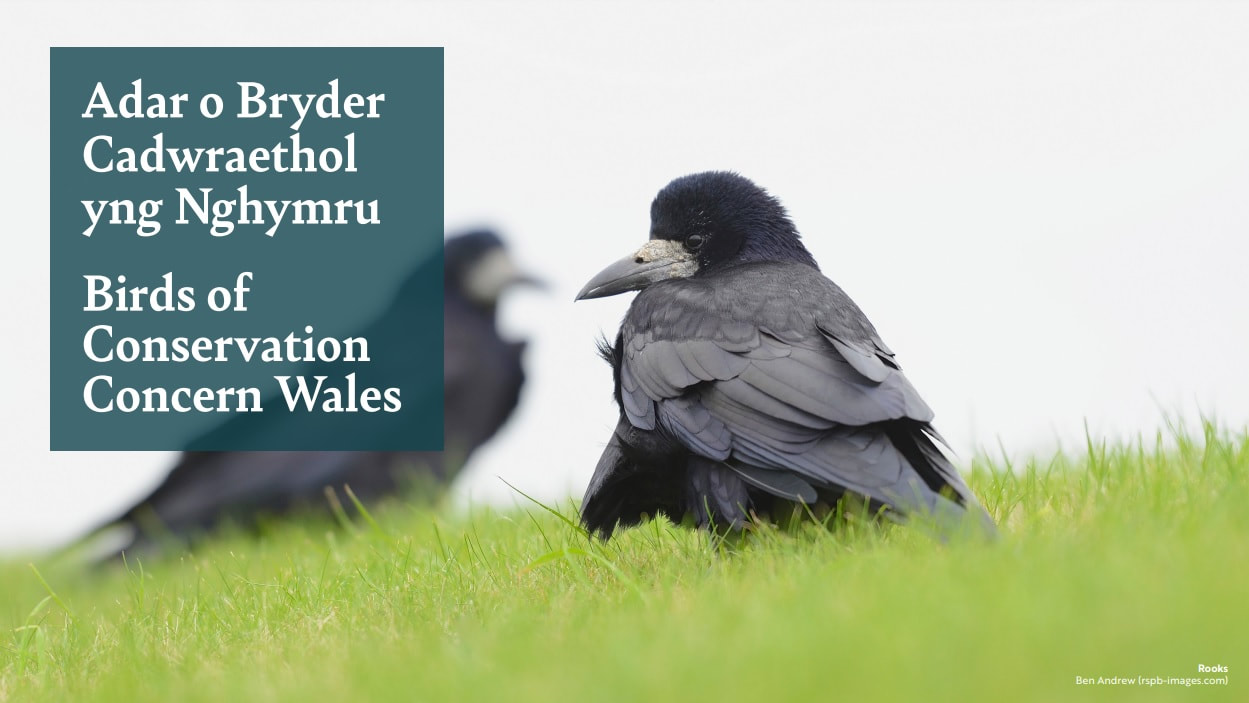
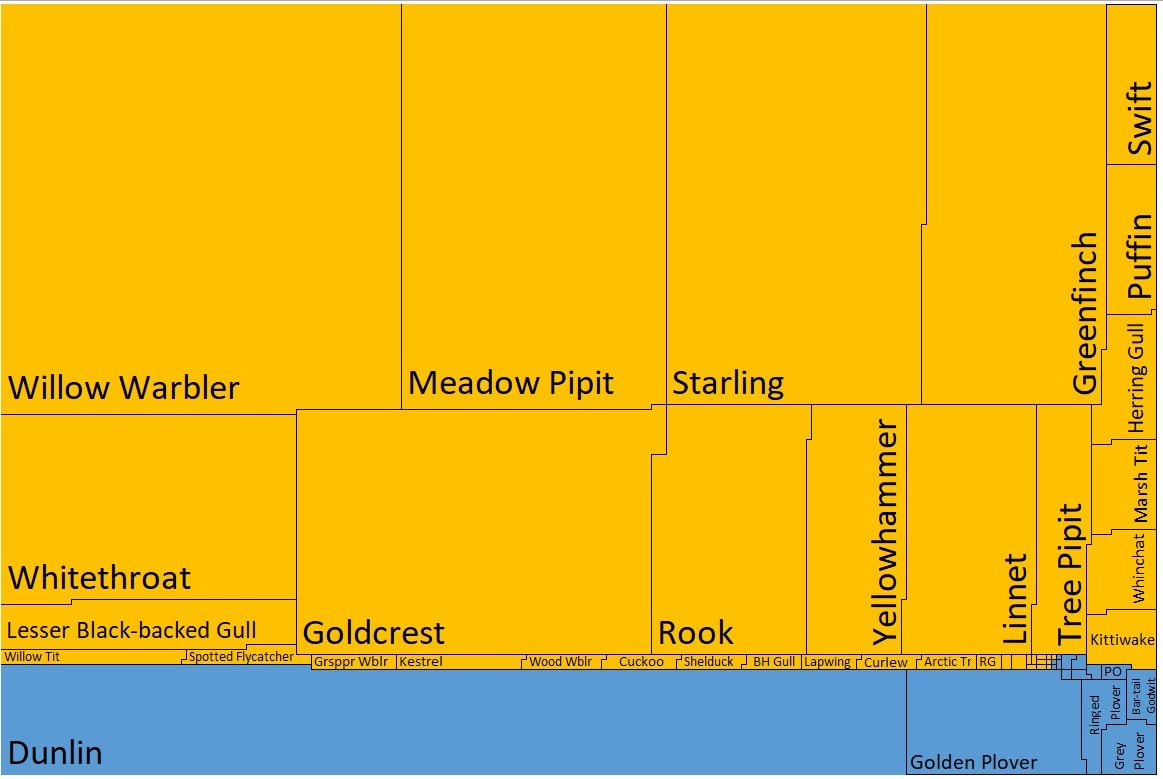
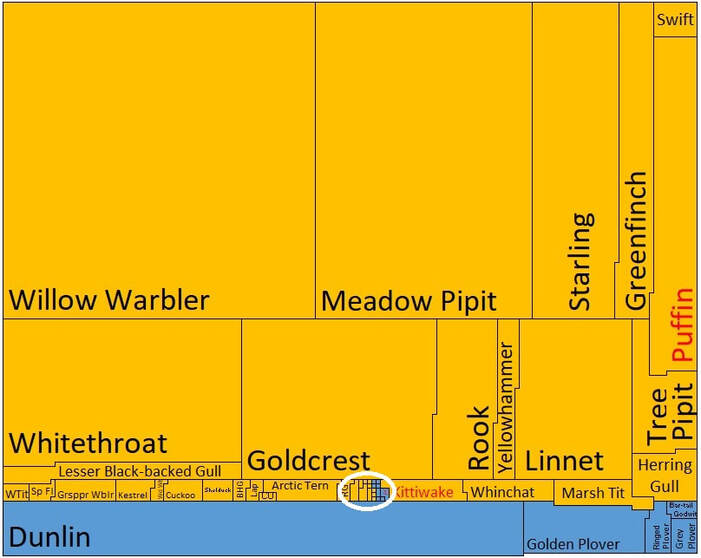
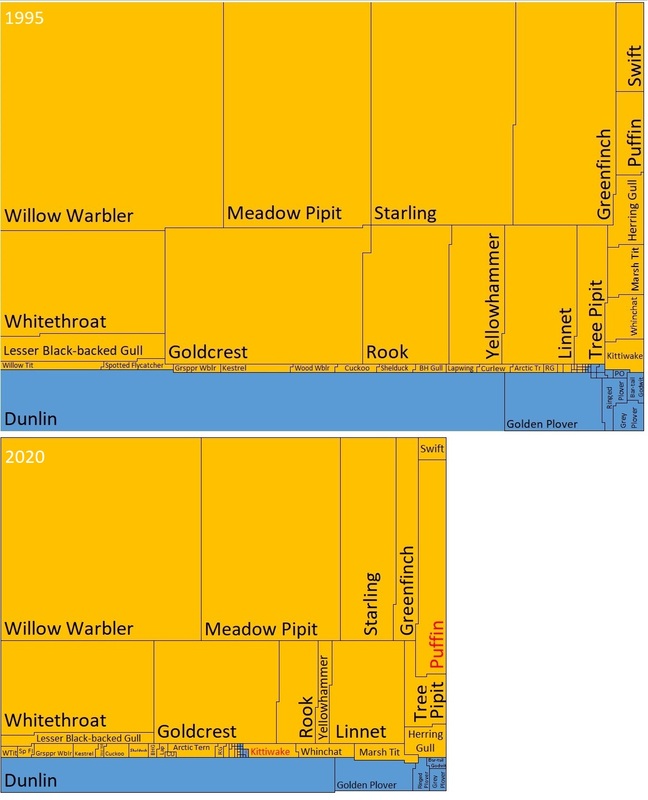
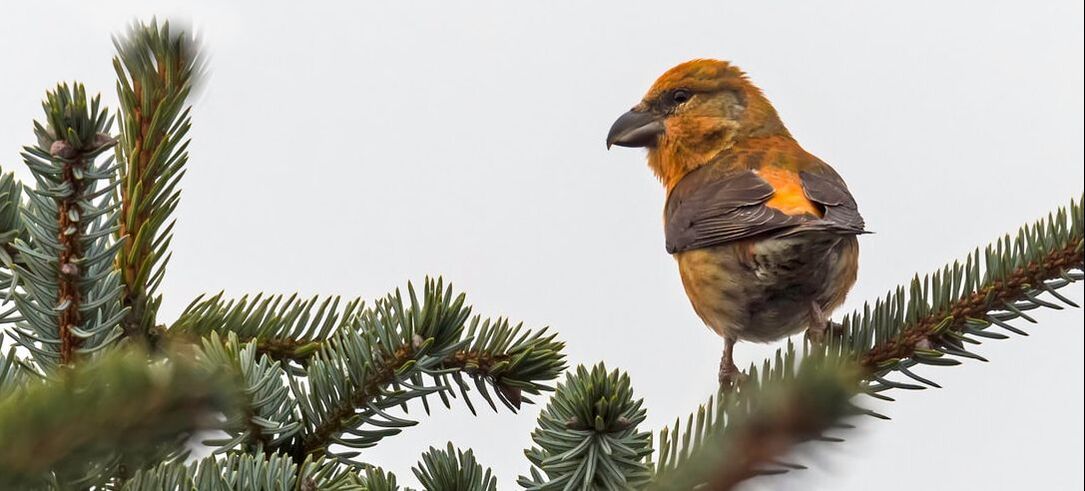
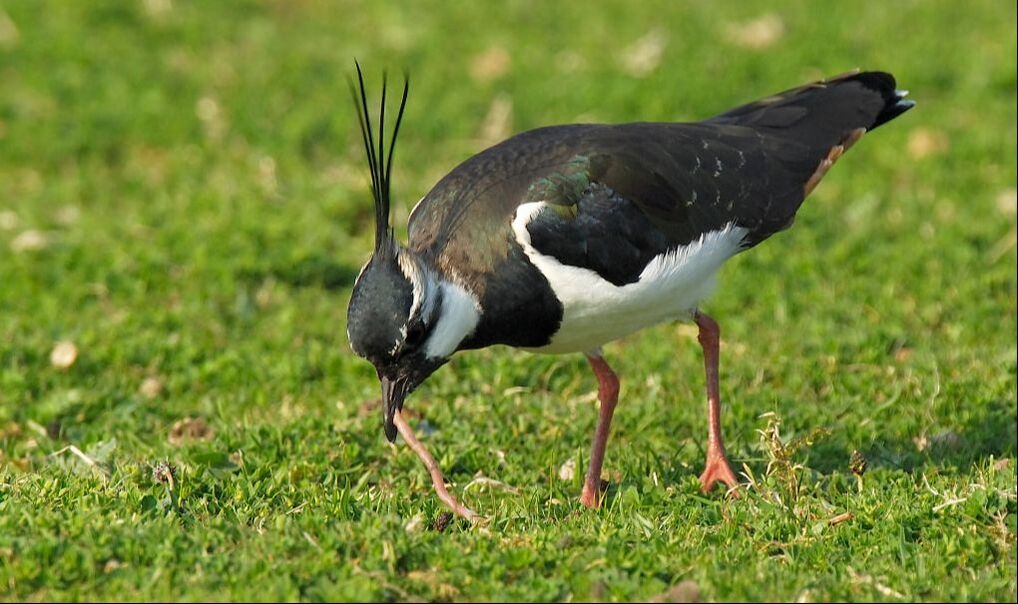
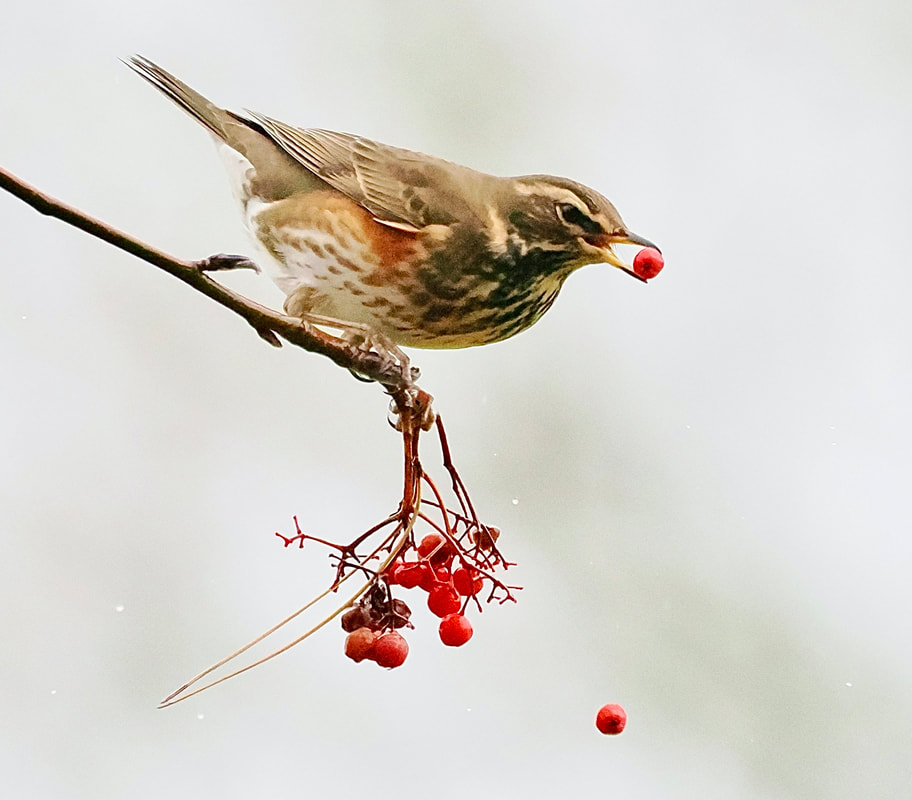
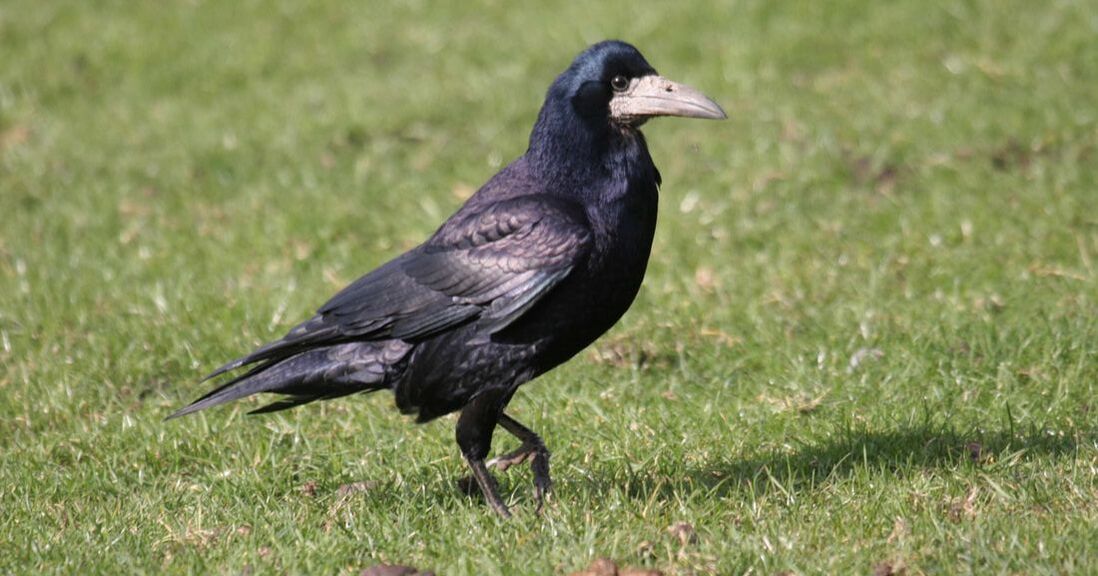
 RSS Feed
RSS Feed
